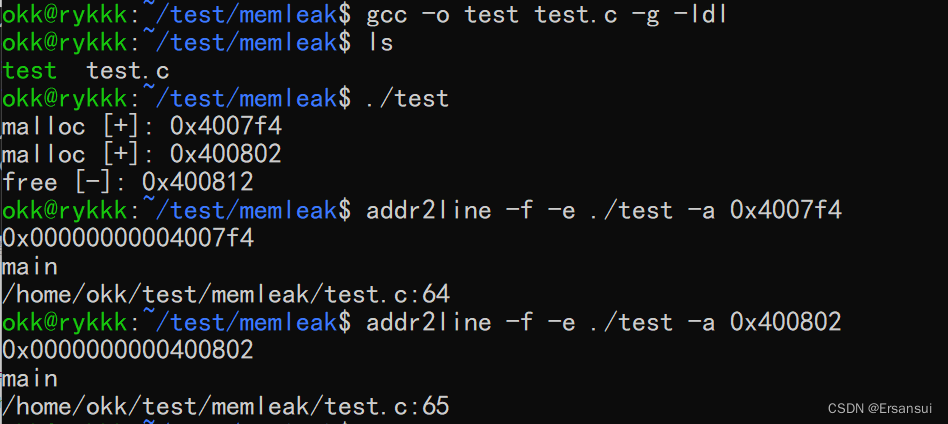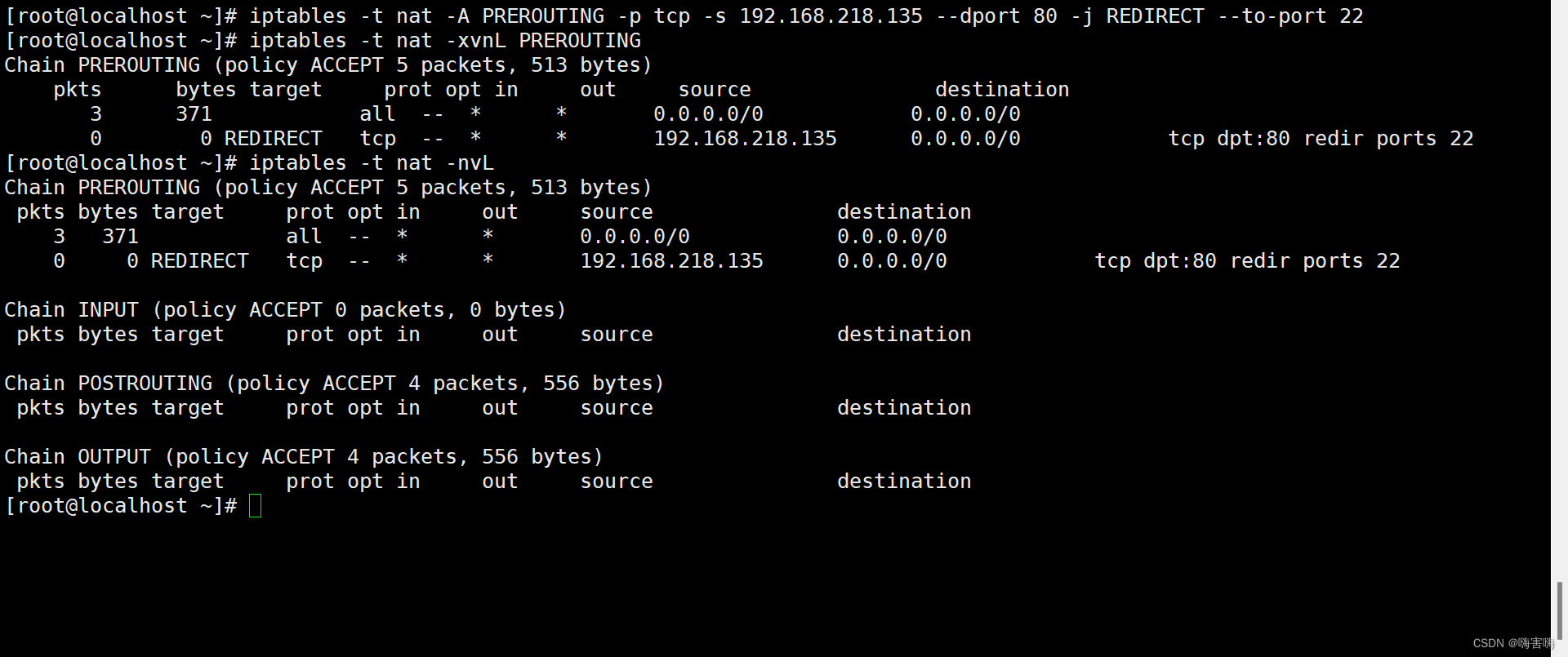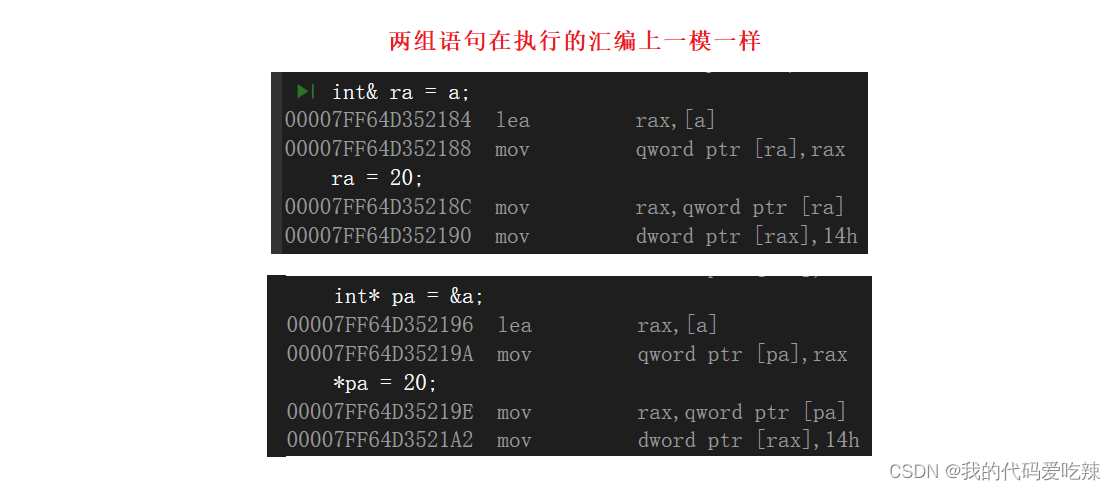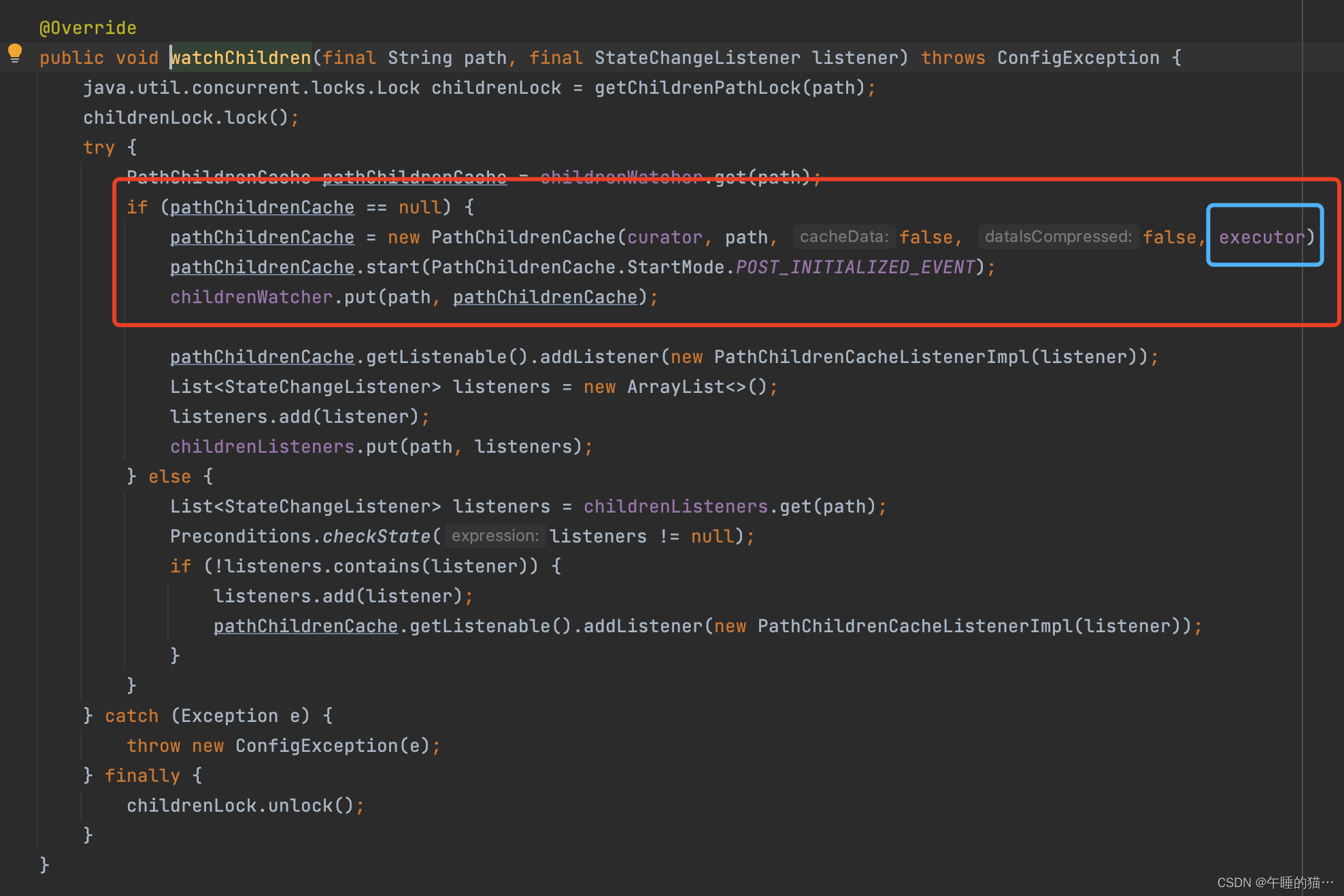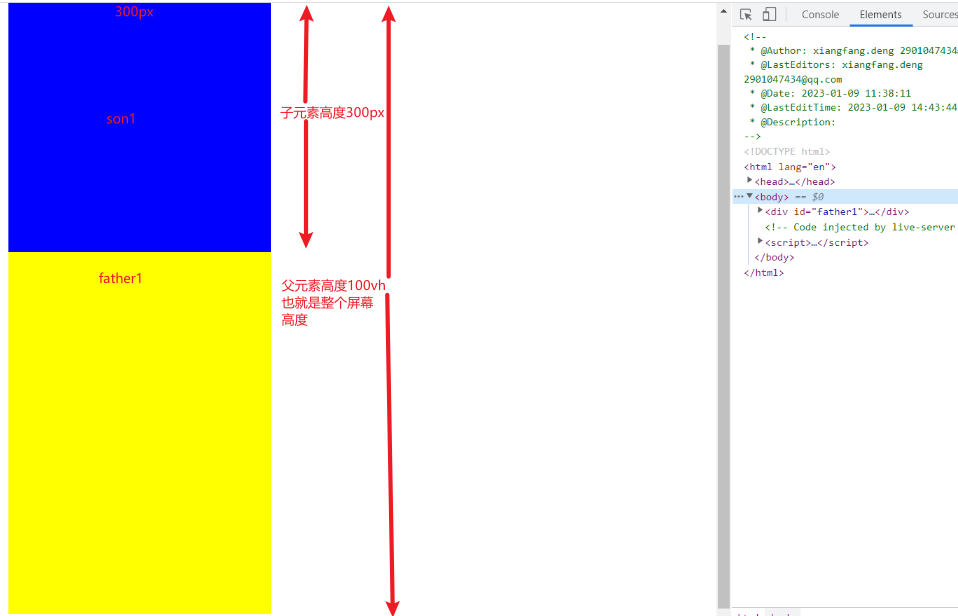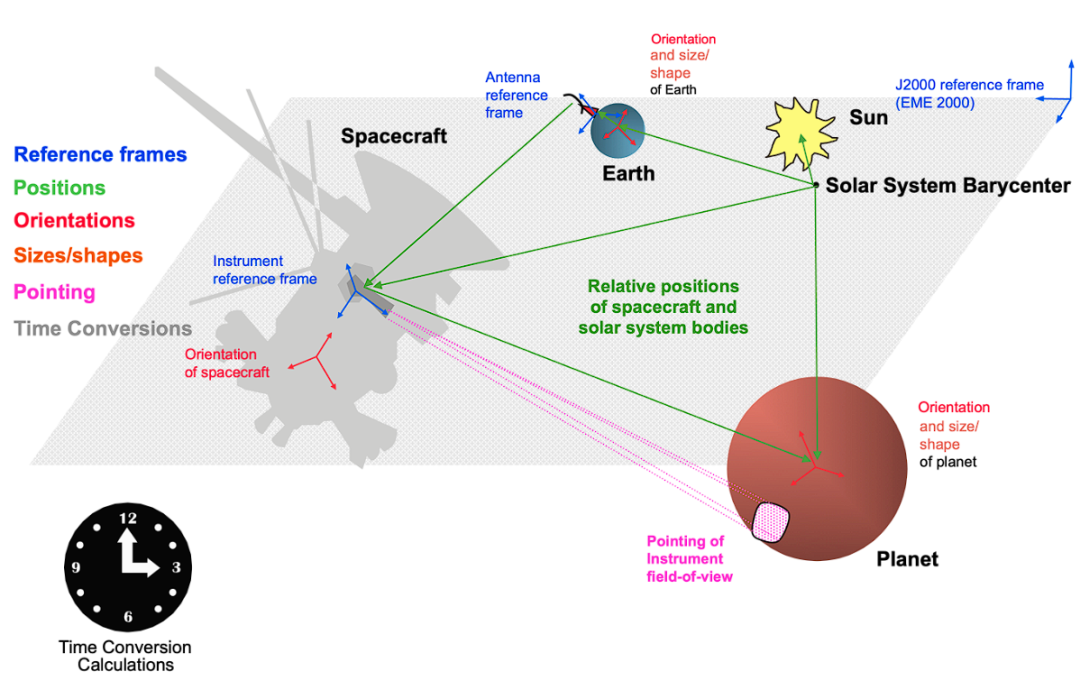What Is a Dog Anyway?
狗的争议性起源:到底怎么定义“狗”
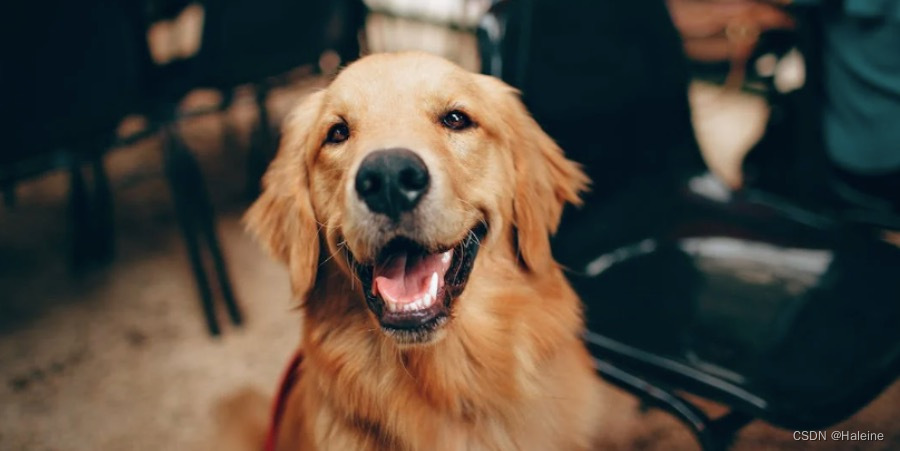
The geographer Jared Diamond has called domestication the worst mistake humans ever made.
And yet, the first domestication — the turning of wolves into dogs — was an impressive feat.Humans at the time had to evaluate each new species they encountered: Will it kill me, or can I kill it?If it kills me, how is it stronger or more skillful than I?If I kill it, what can I gain?
Eventually, humans began to appreciate that not killing, but living with, another species could be useful.Paradoxically, our ancestors chose one of the most dangerous predators they knew to try to live with: the gray wolf.
What was the advantage of cooperating with wolves?Modern wolves have greater endurance than humans and a top speed of up to 40 miles per hour, versus 30 to 45 mph in dogs and only 27 mph in a world-class runner like Usain Bolt.
Compared with humans, wolves have a superior sense of smell (they have more than 50 times the smell receptors), sharper teeth and claws, and better night vision.Borrowing or co-opting these abilities provided a substantial improvement in humans’ hunting and survival.
Domestication is not taming, like that used with wild-born Asian elephants, which must be laboriously trained anew with each generation.In fact, most animals that humans have attempted to domesticate have refused.
A striking example is the beautiful zebra, which, though closely related to the domestic horse and donkey, remains one of most dangerous animals in the zoo.
I hypothesize that allying with wolves allowed modern Homo sapiens to outcompete and out-survive earlier species like Neandertals who had lived successfully in Europe long before modern humans got there.
I see no startlingly large change in weapons in the earliest modern human sites that would account for their survival.Dogs would have helped modern humans not only in hunting but also in guarding the carcass from scavengers after the kill.
So, why is the origin of dogs contentious?We don’t know how to define what a dog is.
First, there is no single trait that we can observe in modern or ancient canids that marks them as dogs.Dogs have a look about them and familiar behavior, but no single definitive trait.
Genetically, the number of genes that makes a dog a dog is hard to quantify, even if we have the whole genome of a specimen.For example, in maternally inherited mitochondrial DNA, there are about 16,000 base pairs.
How many genes must be sequenced to identify a species?We don’t know because there are mutations that occur but don’t have much effect.How many must be changed to make the specimen no longer a wolf but a dog?Basically, we don’t know.
Second, there is a fundamental problem with dating the progression of wolf to dog.If the specimen is less than 50,000 years old, bones, charcoal and other organic substances can be dated based on the percentage of radioactive carbon that has degraded to a nonradioactive nitrogen.
Geneticists use the number of mutations in the genome to date specimens, but mutations may occur faster or slower than "normal."Genetic dating is not precise.Importantly, not all animals get preserved as fossils, so much of the record of life on earth is invisible.
Finally, I fear we have neglected part of the evidence — where the iconic Australian dingo fits in.After evolving in Africa, modern humans reached Australia before they reached Central Europe, the Americas or Antarctica.
Madjedbebe, the earliest archaeological site in Australia, is dated to about 65,000 years ago.Researchers who accept this date can find no trace of dogs or any domestic canids anywhere in the world at this time.
Genetic estimates suggest that dingoes got to Australia up to about 18,000 years ago, but there are no dingo bones earlier than about 4,000 years ago.Could they have been in Australia so long and left no traces?
We take for granted the origins of this species we hold so dear.But to really understand what a dog is, we need to ask more questions.

